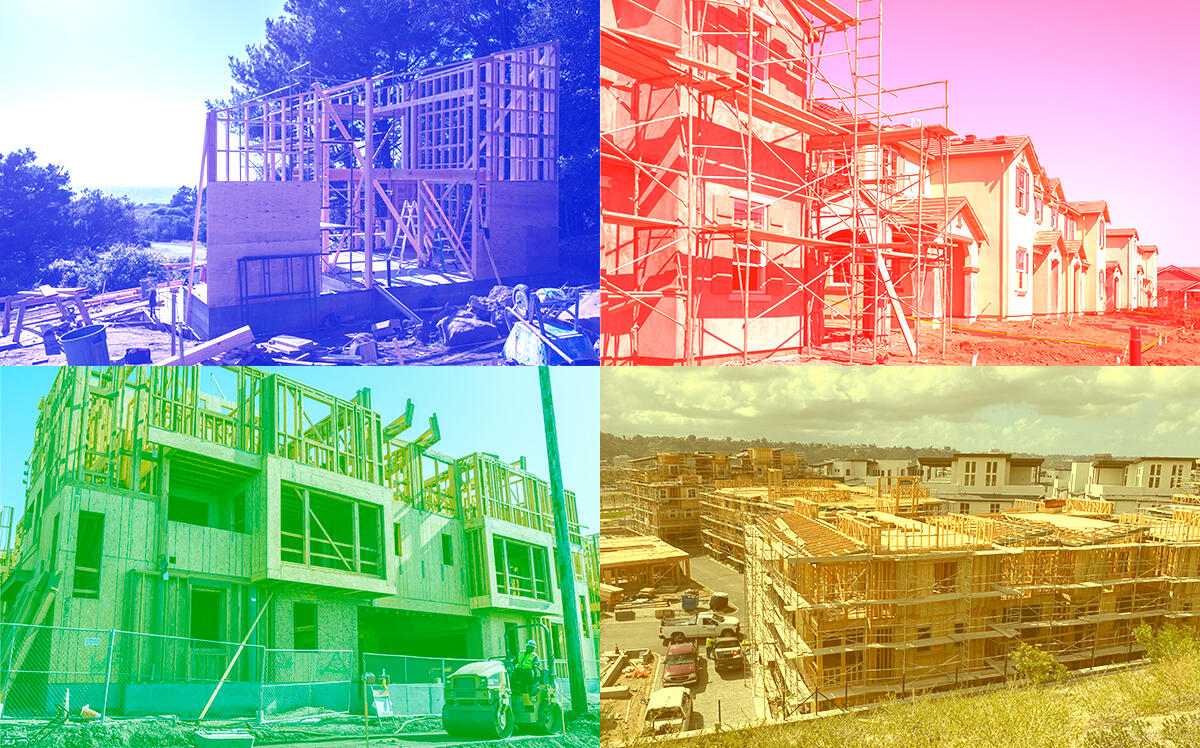California cities and counties didn’t permit nearly enough housing last year to keep pace with the state’s production goals, and much of what they approved wasn’t affordable to most residents, a new “report card” shows.
Jurisdictions reported issuing about 109,000 housing permits last year, about three-quarters of what they would have needed to issue to meet state mandates to provide housing for people of all income levels. More than 70 percent of those permitted units would be affordable only to higher-income households, while the rest are in reach for those making moderate and low incomes, according to the Southern California News Group’s third annual housing permit report card.
Out of 538 jurisdictions in California with housing mandates, only 20 are on track to meet their goals in every affordability category for the current cycle, the news group reported. Most earned C’s and D’s in the latest report card, with twice as many F’s as A’s.
“California has underproduced housing for decades,” Adam Wood, a vice president at the Building Industry Association of Southern California, said. “If we went on a building spree, it would still take years to catch up; we have dug ourselves such a deep hole.”
The report card is based on numbers reported by jurisdictions showing how many units they permitted through the end of 2020. Cities and counties statewide needed to approve 940,000 homes by the end of last year to keep up with the state’s Regional Housing Needs Assessment mandates, which determine how many new residences are necessary for different parts of the state in cycles that begin every four to eight years.
Yet those jurisdictions have collectively added about 740,000 homes, or less than 80 percent of the statewide goal. Of those, they’ve permitted just 18 percent of the target number of units affordable to those making very low incomes, 26 percent of the target number of low-income units, and 56 percent of the target for moderate-income ones. In contrast, they’ve OK’d 16 percent more above-moderate-income units than they’ll need to meet their final goals for that category.
Click here to read more about the Southern California News Group’s report card and its 10 main takeaways from this year’s report.
[The Mercury News] — Matthew Niksa
